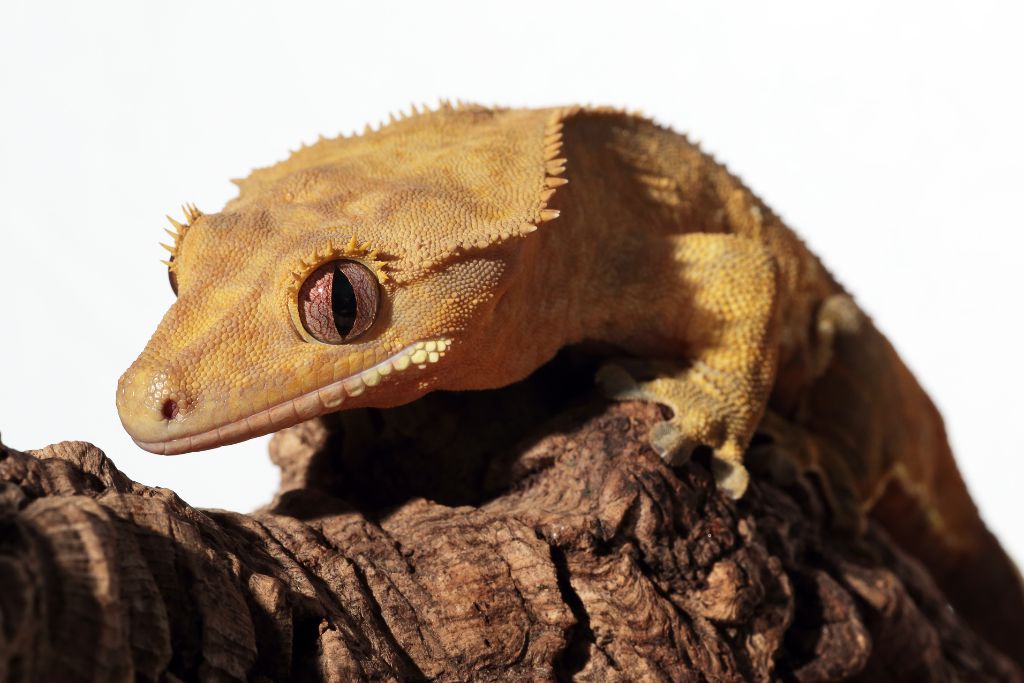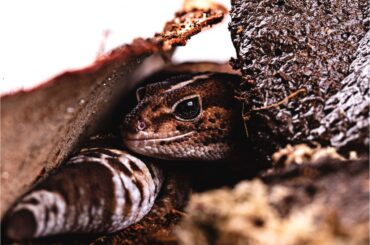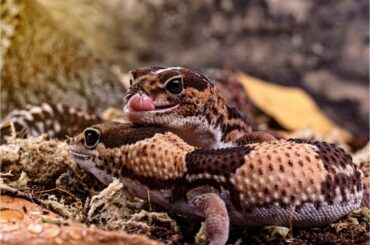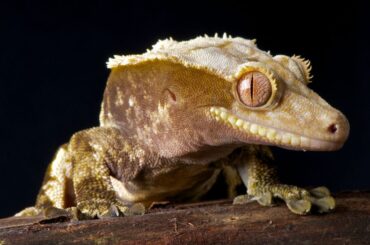Have you ever wondered if your crested gecko can dip in the water? Intrigued by the thought of a gecko that swims? You’re part of a curious crowd. These captivating little critters, known as crested geckos, have won the hearts of pet owners everywhere. Their unique behaviors and quirky personalities are hard to resist.
Swimming abilities in crested geckos spark heated debates among fans. Some folks insist they can swim in a pinch. Others argue that water and geckos don’t mix. So, what’s the real deal? Science and firsthand experiences offer some interesting insights into how crested geckos interact with water.
Reasons Why Crested Geckos Cannot Swim
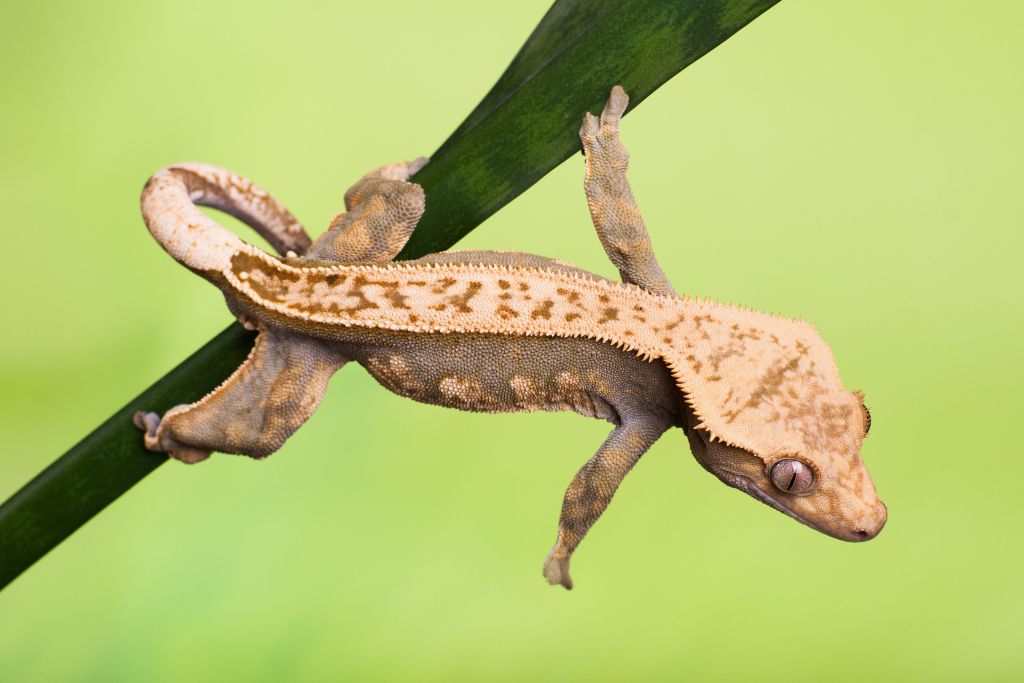
You’re curious about whether your crested gecko can swim? Before you fill up that kiddie pool, let’s examine some compelling reasons that suggest these critters are better off on dry land.
Natural Habitat and Adaptations
Crested geckos call arid, rocky, and dry areas their home. These environments don’t offer much in the way of swimming opportunities. You’re more likely to find a crested gecko climbing a rock than doing the backstroke.
Skinny legs and zero webbing between their toes put crested geckos at a swimming disadvantage. Paddling effectively? Not their strong suit. Ditch any dreams of your gecko becoming the next Michael Phelps. Water isn’t their playground; their bodies just aren’t cut out for smooth swimming.
Stress and Potential Dangers
Imagine being thrown into an environment you’re not built for; that’s how a crested gecko feels in the water. The experience stresses them out big time.
Stress does more than mess with a gecko’s mood; it’s a health hazard. Respiratory diseases, already a worry for crested geckos, become even more likely when stress levels spike.
Keep your gecko away from prolonged water exposure. It’s not a spa day for them; it’s a health risk. A quick misting for humidity is fine, but a swim session is a no-go.
Temperature Regulation
Reptiles, like crested geckos, don’t regulate their body temperature internally; they rely on their environment. A stable temperature is crucial for their well-being. Drenching your gecko in water can lead to a quick drop in body temperature. Warming back up becomes a struggle for them.
Why does this matter? Because crested geckos depend on their surroundings for temperature control. A sudden chill from a water dip can throw off their entire system. If you’re keen on keeping your gecko healthy, skip the swim and stick to a more gecko-friendly way to cool off.
Understanding Crested Gecko Body Language
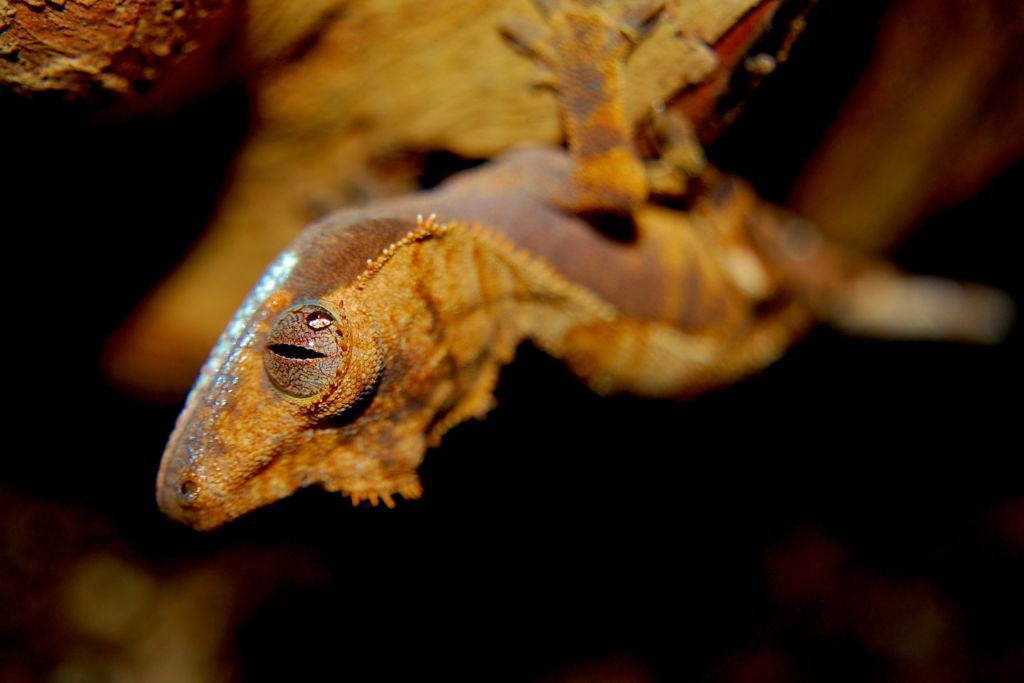
Crested geckos have their own way of “talking” to us, and it’s not with words. They use body language to tell us how they’re feeling. Tail wagging, eye movement, and even the position of their feet can give you clues.
If your gecko is wagging its tail rapidly, it might be agitated. Slow, deliberate movements usually mean they’re relaxed. By reading these signs, you can adjust their environment to make them happier and healthier. So, get to know your gecko’s body language—it’s the key to a strong pet-owner bond.
When Can You Put the Gecko in Water?
Crested geckos aren’t Olympic swimmers. But are there times when a little water exposure is okay? Let’s explore the exceptions to the “no swimming” rule.
For Bathing and Femoral Pore Unclogging
A shallow crested gecko bath can work wonders when you notice your gecko’s skin isn’t as clean as it should be or its femoral pores are clogged.
But how do you set it up? Start by grabbing a small container—Tupperware works excellently. Fill it with lukewarm water, but only enough to cover your gecko’s feet. You’re aiming for a foot soak, not a swimming pool.
Why lukewarm water? Extreme temperatures can stress out your gecko. Lukewarm water keeps them comfortable and more relaxed. Once you’ve got your gecko in the water, monitoring their behavior is crucial. Look for signs of stress, like rapid breathing or frantic movements. If you spot any, get your gecko out of there.
You want your gecko to feel clean and comfy, not stressed out. It’s not just a hygiene thing; their overall well-being matters, too. Keeping the bath stress-free can be a game-changer for your pet’s health and happiness.
For Drinking and Soaking
Crested geckos need water for more than just quenching their thirst. Sometimes, they need a quick soak, particularly when shedding their skin. A shallow water dish in their enclosure can serve both of these needs. But the keyword here is “shallow.” You don’t want to turn a simple drink into a life-or-death situation.
The water level matters a lot. Why? Because crested geckos aren’t great swimmers. Too much water, and you risk drowning your pet. There’s also the issue of temperature. Geckos can’t regulate their body temperature like mammals can.
If the water is too deep and cold, their body temperature could drop, causing health issues. That’s why the dish should be shallow and easy for the gecko to climb in and out of. It’s not just about hydration; it’s about creating a safe environment where your gecko can drink and soak without risks.
Paying attention to these details means you’re doing more than just meeting your gecko’s basic needs. You’re also ensuring its overall well-being.
Swimming vs. Bathing
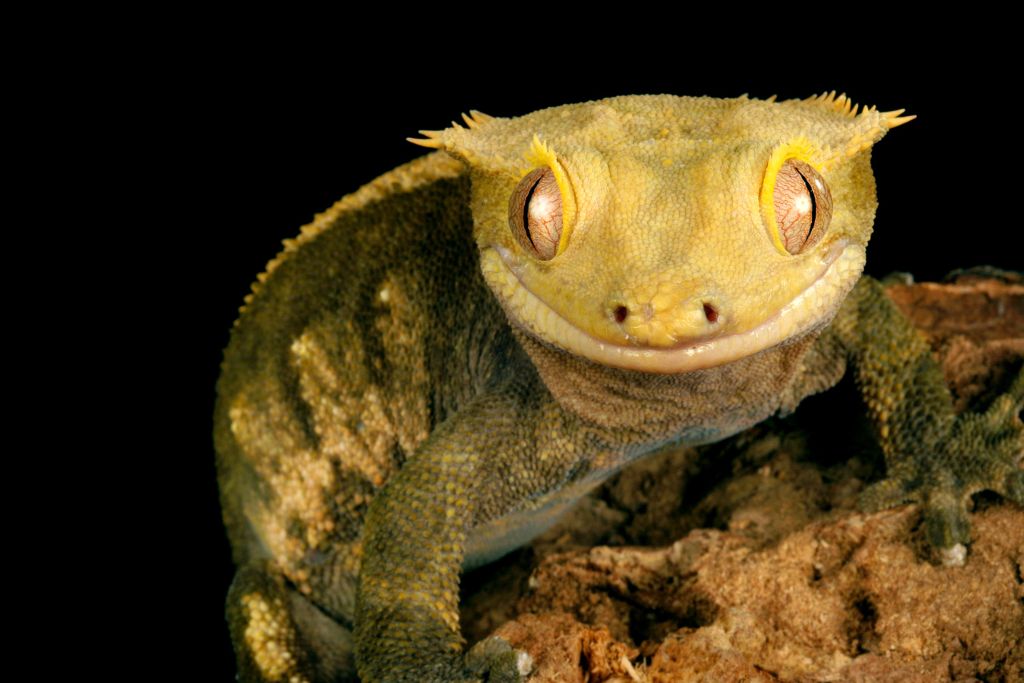
While the two activities may sound comparable, a crested gecko views them as completely different. Swimming involves deeper water and can be a stressful, even dangerous, experience for these little guys. They’re not built for it, and the risks—from stress to respiratory issues—are too high.
Conversely, bathing usually means a quick dip in shallow water. It’s less stressful and can be beneficial for hygiene or helping with shedding.
Let’s talk about the benefits and risks. Bathing can help your gecko stay clean and aid in unclogging femoral pores or easing the shedding process. Even then, you must keep the water shallow and keep an eye on it.
There are no benefits to swimming for your gecko, only potential dangers. Stress, respiratory issues, and drowning dangers are all on the table. If you’re unsure, opt for shallow water and a quick dip.
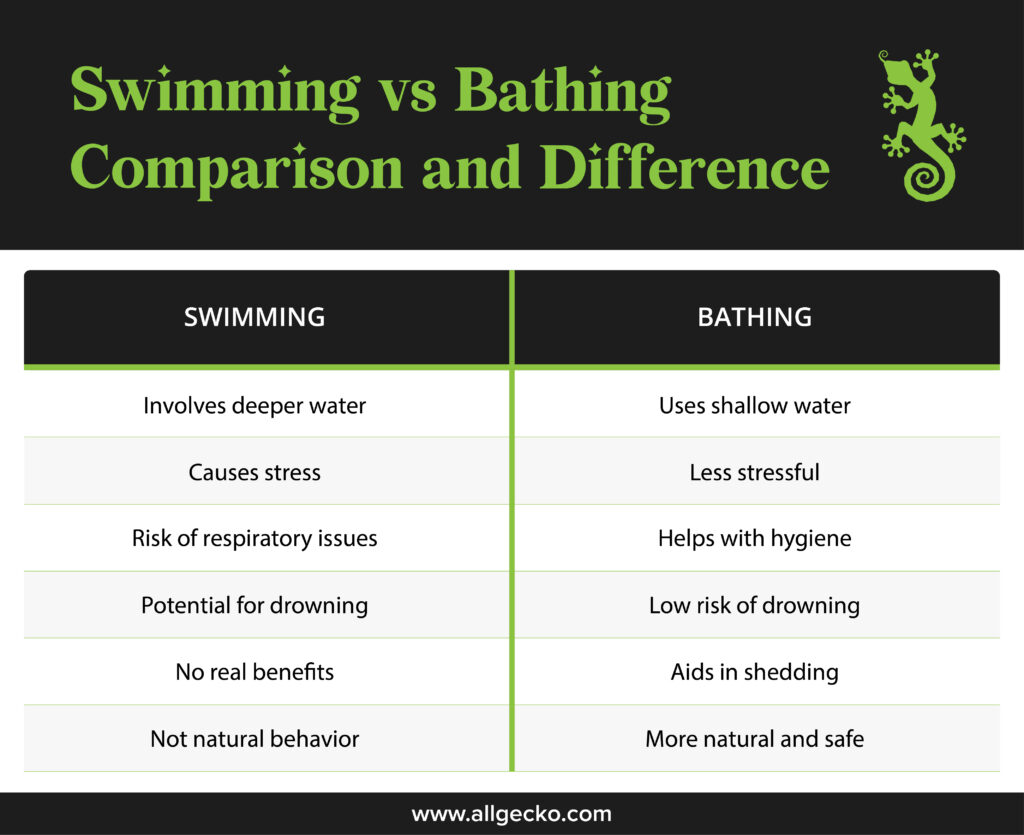
Conclusion
What’s the final word on crested geckos and swimming? They’re not cut out for it. Everything points to a life better lived on dry land, from their natural habitat to their physical build. Even a dip in deeper water can stress them out and put their health at risk.
Bathing, on the other hand, can be beneficial but only if done right—with shallow water and close monitoring.
Taking care of a crested gecko isn’t just about providing food and a place to live; it’s about understanding their natural behaviors and needs. A happy gecko lives in an environment as close to its natural habitat as possible. Skip the swimming lessons and focus on creating a safe, comfortable home for your scaly friend.
FAQs
Do Crested Geckos Like Water?
No. They need it for drinking and occasional bathing but don’t enjoy swimming.
Do Crested Geckos Swim?
No, they don’t. Swimming can stress them out and pose health risks.

